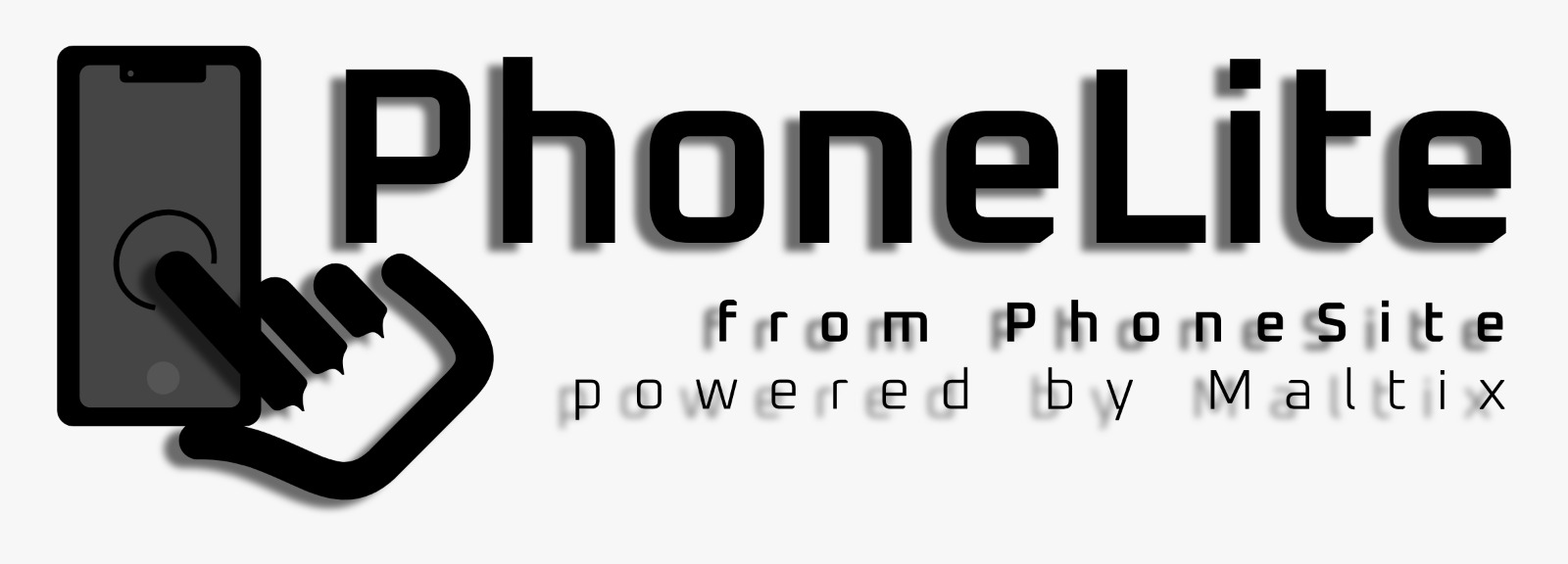Likert Business Survey Services
Available within PhoneSite & PhoneLite Entry level
Maurice Watts
Last Update a year ago



A Likert scale is a type of survey response scale that is commonly used in research and questionnaires. It consists of a series of statements or questions, to which respondents can indicate their level of agreement or disagreement on a scale. The scale typically ranges from "strongly agree" to "strongly disagree" or from "very satisfied" to "very dissatisfied". The responses are then assigned numerical values, allowing for quantitative analysis of the data.
2. Flexibility: Likert scales allow for a range of response options, typically ranging from strongly agree to strongly disagree. This flexibility allows respondents to express their opinions accurately and provides a more nuanced understanding of their attitudes or opinions.
3. Standardisation: Likert scales provide a standardised format for collecting data, making it easier to compare responses across different individuals or groups.
4. Quantitative analysis: Likert scale data can be easily quantified and analysed statistically, allowing for the identification of patterns or trends in responses. This makes it easier to draw meaningful conclusions from the data.
5. Reliability: Likert scales are known for their high reliability, meaning that they consistently measure what they are intended to measure. This enhances the credibility and validity of the data collected.
6. Versatility: Likert scales can be used in various research settings and across different disciplines, making them a versatile tool for collecting data on attitudes, opinions, and perceptions.
7. Time-efficient: Likert scales are relatively quick to administer, making them a time-efficient method for collecting data from a large number of respondents.
8. Easy data interpretation: Likert scales provide a clear and structured format for respondents to express their level of agreement or disagreement. This makes it easier for researchers to interpret the data and draw conclusions from the responses.
9. Provides a range of response options: Likert scales typically offer a range of response options, allowing respondents to choose from multiple levels of agreement or disagreement. This provides a more comprehensive understanding of their attitudes or opinions, as compared to simple yes/no questions.
10. Can capture subtle differences: Likert scales allow for the inclusion of intermediate response options, such as "neutral" or "neither agree nor disagree." This enables respondents to express more nuanced or ambivalent opinions, capturing subtle differences in their attitudes or perceptions.
11. Can measure intensity: Likert scales often include response options that indicate the intensity of agreement or disagreement, such as "strongly agree" or "strongly disagree." This allows researchers to gauge the strength of respondents' attitudes or opinions on a particular topic.
12. Can be used in longitudinal studies: Likert scales can be administered repeatedly over time, allowing researchers to track changes in attitudes or opinions. This makes them suitable for longitudinal studies that examine shifts in perceptions or attitudes over an extended period.
24 hour turnaround


